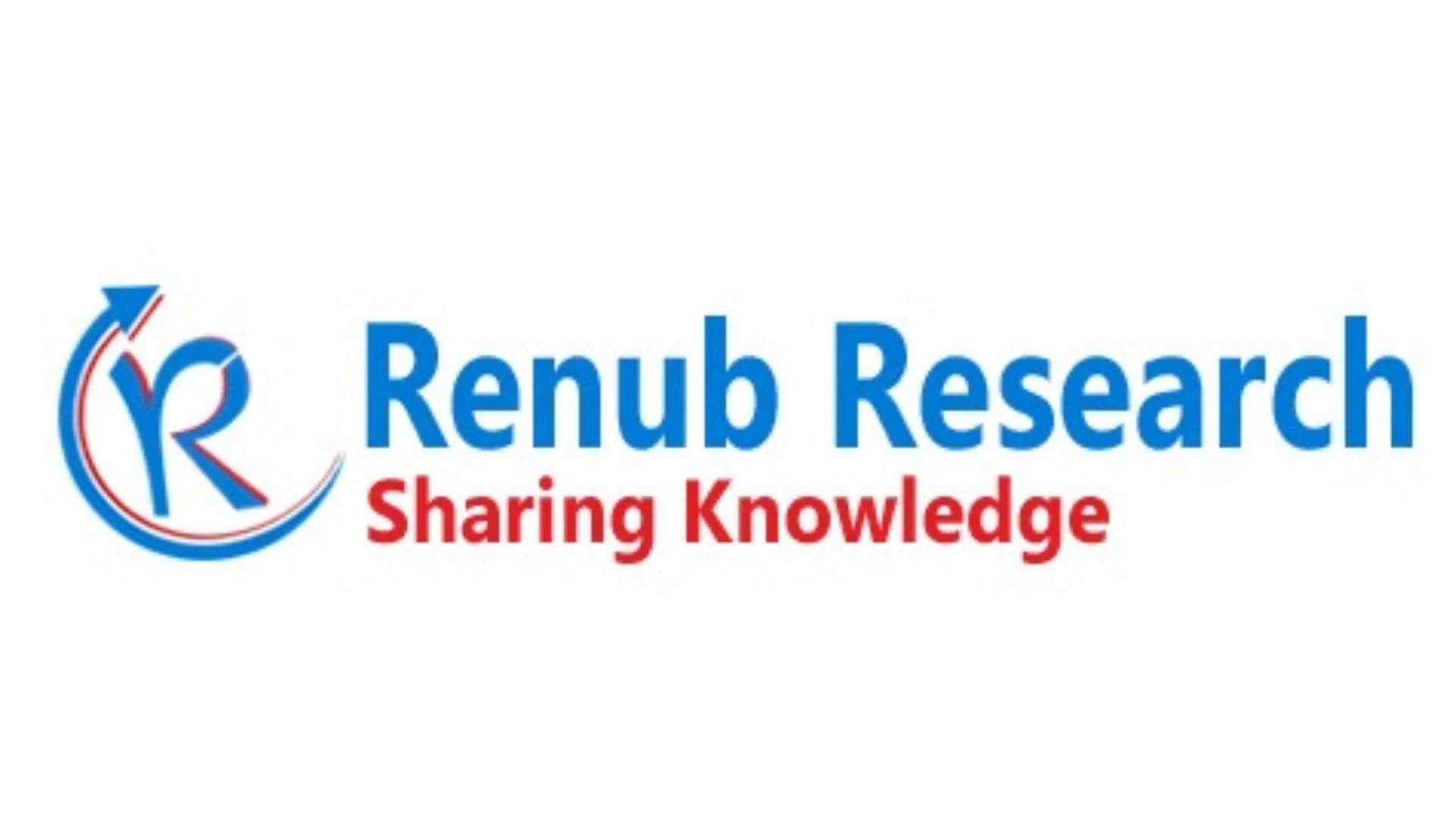United States Wiring Device Market Overview
The United States Wiring Device Market is projected to grow from US$ 17.57 billion in 2024 to US$ 29.2 billion by 2033, reflecting a CAGR of 5.81% during 2025–2033. The growth is strongly influenced by the expansion of residential and commercial construction, rising adoption of smart homes, and the implementation of stricter electrical safety and energy-efficiency regulations. Market momentum is also supported by modernization of aging infrastructure, retrofitting of older buildings, growing electrification initiatives, and increased consumer focus on convenience and automation.
Full Access Report:https://www.renub.com/united-states-wiring-devices-market-p.php
Outlook of the United States Wiring Device Market
Wiring devices are essential electrical components used to control and distribute power safely across homes, commercial buildings, and industrial facilities. They include switches, receptacles, dimmers, plugs, wall plates, connectors, smart outlets, and integrated automation control units. Their role is not only functional but increasingly aesthetic and digital, as consumers seek products that offer efficiency, safety, and integration with connected technologies.
In the United States, the market growth aligns with multiple key trends: rapid urban development, rising preference for smart lighting and appliance control, heightened focus on fire and electrical safety, and government initiatives to modernize building infrastructure. Additionally, the proliferation of electric vehicles, data centers, and renewable energy systems has heightened the need for advanced wiring components capable of supporting higher electrical loads, digital monitoring, and energy optimization.
Key Growth Drivers in the U.S. Wiring Device Market
Rising Demand for Smart Home and IoT-Connected Devices
Smart home adoption has become one of the strongest market accelerators. Consumers increasingly install smart switches, automated outlets, and app-controlled dimmers that enable remote operation, scheduling, power monitoring, and voice assistant integration. Compatibility with ecosystems such as Amazon Alexa, Google Home, and Apple HomeKit is now a standard purchase consideration. For example, in early 2024, Honeywell expanded its smart outlet portfolio to offer seamless multi-platform automation integration. The trend is growing fastest in new residential construction, upscale housing, and home renovation markets.
Infrastructure Development and Building Modernization
Ongoing investments in commercial buildings, data centers, schools, hospitals, and transport systems have significantly increased the demand for durable and code-compliant wiring devices. The U.S. Bipartisan Infrastructure Law has accelerated public infrastructure upgrades, while private developers prioritize energy-efficient and technology-ready electrical systems. Schneider Electric’s planned investment of over USD 700 million in U.S. operations by 2027 demonstrates the industry’s response to expanding electrification and manufacturing demand. New projects call for advanced wiring devices capable of supporting automation, occupancy control, and sustainable building standards such as LEED.
Increasing Emphasis on Electrical Safety and Regulatory Compliance
Heightened awareness of fire risks and electrical hazards has strengthened the adoption of certified and safety-enhanced wiring devices. Regulations now require products such as GFCI (Ground Fault Circuit Interrupters) and AFCI (Arc Fault Circuit Interrupters) in specific areas of residential and commercial buildings. Tamper-resistant and weather-resistant receptacles are now standard in many regions. Builders and electricians increasingly specify branded, compliant, and quality-tested devices to meet inspection requirements and reduce liability. This regulatory environment continues to elevate the demand for premium wiring solutions.
👉 Want to explore detailed market trends, segment insights, and forecasts? 🔗 Request Sample Report:https://www.renub.com/request-sample-page.php?gturl=united-states-wiring-devices-market-p.php
Market Challenges and Competitive Landscape
Competitive Pricing Pressure
The U.S. market is highly competitive, with global brands, regional manufacturers, and lower-priced imports all competing for share. This leads to significant price sensitivity, especially among large-scale construction buyers. Manufacturers must differentiate through smart connectivity, product design, reliability, customization, and after-sales support rather than pricing alone. Well-established brands rely heavily on reputation, installer loyalty, and certification credibility.
Raw Material and Supply Chain Volatility
The wiring device sector depends on key raw materials such as copper, plastics, resins, sensors, and semiconductor components. Disruptions in the global supply chain, geopolitical fluctuations, and increased freight costs have led to instability in production planning and pricing. Although conditions have stabilized since pandemic-era shortages, manufacturers continue to face unpredictable lead times and cost pressure, driving investment in domestic manufacturing and supply chain diversification.
Segment Analysis of the U.S. Wiring Device Market
United States Receptacles Wiring Device Market
Receptacles (or outlets) are among the most used wiring components in all building categories. Demand is shifting toward USB-integrated, smart-controlled, tamper-resistant, and weather-resistant receptacles. Intelligent outlets with embedded sensors or energy monitoring are gaining popularity in office spaces, hospitality, and premium homes. Growing retrofits in older buildings support continuous segment growth.
United States Electric Switches Wiring Device Market
Switches are evolving from traditional mechanical controls to touch-sensitive, remote-operated, and voice-activated models. Aesthetic design elements—such as modular panels, customizable finishes, and streamlined forms—are increasingly important in residential and commercial interiors. The use of dimmers, motion sensors, and programmable switchboards contributes to energy efficiency and automation, supporting segment expansion.
United States Residential Wiring Device Market
The residential segment remains the leading contributor to market share. New housing construction, renovation trends, and the increasing prioritization of household safety continue to drive product adoption. Smart outlets, wireless switches, home energy monitors, and security-integrated electrical systems are becoming commonplace. Code compliance has also strengthened the adoption of AFCI and GFCI devices across bedrooms, kitchens, and bathrooms.
United States Construction Wiring Device Market
Growth in commercial and industrial construction significantly boosts wiring device consumption. High-rise buildings, multi-use complexes, logistics hubs, hospitals, and education facilities require extensive and adaptable wiring systems. Sustainability requirements push builders toward low-energy, long-life, and automation-ready wiring solutions. Wiring device planning is now deeply integrated into building design and digital infrastructure considerations.
Geographic Market Insights
California
California leads due to strong sustainability regulations, advanced building codes, and high consumer adoption of smart home systems. Urban expansion in Los Angeles, San Diego, and San Francisco drives continuous residential and commercial demand. The state’s prioritization of renewable energy integration also pushes demand for energy-monitoring wiring systems.
New York
New York’s high-density high-rise environment and aging infrastructure contribute to ongoing upgrades in electrical systems. Multifamily housing, commercial offices, and public infrastructure refurbishment projects create steady demand for high-standard, durable wiring devices. Electrification and modernization initiatives in New York City accelerate the adoption of automated switches and safety systems.
New Jersey
New Jersey’s blend of suburban and commercial growth supports stable wiring device demand. Retrofitting older homes and developing EV infrastructure contribute to ongoing product adoption across residential and public spaces.
Illinois
Strong commercial development, especially in Chicago, drives demand for smart lighting control, industrial-grade receptacles, and integrated automation wiring. Government infrastructure improvements and modernization of housing stock continue to influence segment growth.
Recent Industry Developments
· ABB and Niedax Group formed Abnex Inc. in November 2024 to enhance North American electrical cable infrastructure solutions.
· Panasonic Connect launched new productivity-enhancing devices in the U.S. market in September 2024.
· Legrand partnered with Microsoft in September 2023 to offer next-generation collaboration room connectivity.
· Eaton and Tesla partnered in September 2024 to integrate Powerwall systems with smart load management for home energy optimization.
· Leviton and the National Electrical Contractors Association formalized a three-year collaboration in October 2023 to advance training and product innovation.
👉 For deeper analysis, detailed segment data, and company insights: 🔗 Request Customization Report:https://www.renub.com/request-customization-page.php?gturl=united-states-wiring-devices-market-p.php
Key Players in the U.S. Wiring Device Market
· Siemens AG
· ABB Ltd.
· Eaton Corporation
· Panasonic Corporation
· Honeywell International Inc.
· General Electric Company
· Hager Group
· Molex, LLC
· Rockwell Automation, Inc.
· Emerson Electric Co.
Note: If you need details, data, or insights not covered in this report, we are glad to assist. Through our customization service, we will collect and deliver the information you require, tailored to your specific needs. Share your requirements with us, and we will update the report to align with your expectations.







